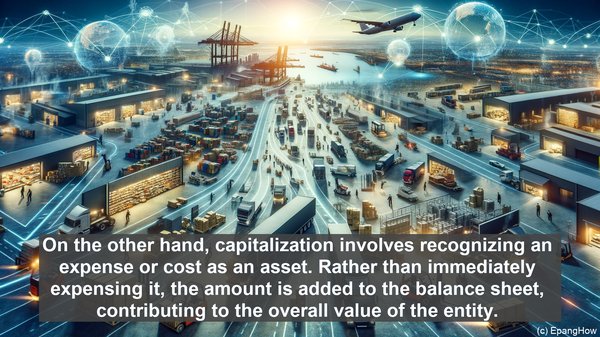Introduction: The Intricacies of Finance
Greetings, finance enthusiasts! As we navigate the intricate world of finance, we often encounter terms that may seem similar but have unique implications. Today, we’ll be exploring the contrast between amortization and capitalization, two fundamental concepts that play a crucial role in financial planning and analysis.
Defining Amortization: The Gradual Dissipation
Amortization, in essence, refers to the gradual reduction of an intangible asset’s value over time. This reduction typically occurs in a systematic manner, often through periodic payments or charges. It is commonly associated with assets such as patents, copyrights, or even loans. By spreading the cost or value of an asset over its useful life, amortization allows for a more accurate representation of its economic impact.

Capitalization: The Art of Recognition
On the other hand, capitalization involves recognizing an expense or cost as an asset. Rather than immediately expensing it, the amount is added to the balance sheet, contributing to the overall value of the entity. This approach is often employed when the expenditure is expected to generate future benefits, such as research and development costs or significant improvements to a property. By capitalizing, a company can reflect the long-term value of an investment, aligning with the matching principle.
Key Differences: Time, Treatment, and Impact
While both amortization and capitalization involve the allocation of costs, they differ in several key aspects. Firstly, time: amortization occurs over the useful life of an asset, while capitalization reflects an immediate recognition. Secondly, treatment: amortized expenses are typically recorded as periodic charges, while capitalized costs are added to the balance sheet. Lastly, impact: amortization gradually reduces an asset’s value, while capitalization enhances the entity’s overall worth.

Examples in Practice: Real-World Scenarios
To better grasp these concepts, let’s consider some real-world scenarios. Imagine a software development company that incurs substantial costs in creating a new program. By capitalizing these expenses, the company can showcase the value of its intellectual property, potentially attracting investors or partners. Conversely, a manufacturing firm that purchases machinery may choose to amortize the cost, reflecting the asset’s depreciation over time.
